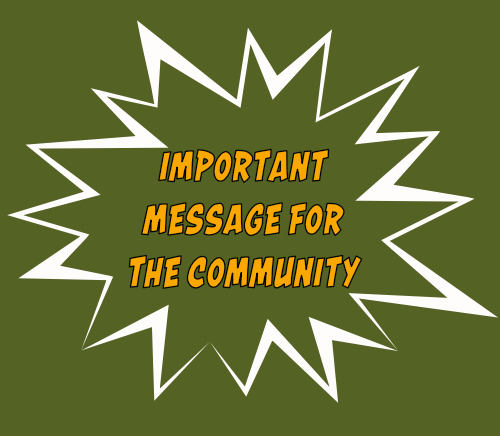Nearly 8 in 10 (78%) of them were headed by mothers. (Labour Force Status of Families, June 2024 | Australian Bureau of Statistics). More than 9 in 10 (94%) of the poorest single parents (those relying on Parenting Payment Single) are mothers.
There were more than 1.2 million dependent children aged 0-24 living in single parent families in June 2024. The majority of these were children aged under 15 years – 919,000 or 74%. (Labour Force Status of Families, June 2024 | Australian Bureau of Statistics).
According to the Parliamentary Budget Office, more than $5 billion was taken from single parent families due to the loss of Parenting Payment Single when their youngest child turned 8 years old between 2006-7 and 2018-19 alone (not including changes to family payments). This figure will be much higher when calculated to September 2023 when the policy was improved. Individually women lost on average at least $100 per week in payments plus more if they had earnings from paid employment due to the harsher income test of unemployment payments (2023 figures).
The increase in eligibility for Parenting Payment Single from September 2023 has meant around an additional 100,000 families can now access this increased support. While a significant improvement on JobSeeker Payment, this payment still leaves far too many single parent families and their children living in poverty. In 2019-20, ACOSS/UNSW found 72% of Parenting Payment Single recipients lived in poverty, the highest rate of all income support recipients, including those receiving JobSeeker payments.
The choice: violence or poverty published by Dr Anne Summers in 2022 confirmed single mothers had experienced a very high prevalence of physical or sexual violence by a partner– 60% compared to 17% of women more broadly. Drawing from the 2016 Personal Safety Survey, she found 185,700 of the 311,000 single mother respondents to the 2016 survey had experienced this violence since the age of 15.
In the financial year 2023-24, nearly 100,000 people received support from Centrelink social workers due to domestic violence, which provides an indicator of the scale of the issue.
Parenting Payment Single (328,000 recipients) is the most important income support payment for women and children leaving violence. The payment is particularly important for many First Nations families who face higher rates of violence and make up over 17% of Parenting Payment Single recipients. Since the welcome increase in eligibility for Parenting Payment Single from children turning 8 to 14 years, the number of single JobSeeker recipients with children has reduced to less than 24,000.
The Centrelink Crisis Payment provides only one week of income support and is restricted to applicants who were already receiving a Centrelink payment. In 2023-24 only 30,000 income support recipients received this payment due to domestic and family violence. In the same year nearly 100,000 people received support from Centrelink social workers due to domestic violence, indicating the inadequacy of the Crisis Payment. In July 2025, the Leaving Violence Program will replace the Escaping Violence Payment trial which has been in place since October 2021. It provides a one-off $1,500 in cash and $3,500 of in-kind support (goods and services or direct payments of bonds, school fees or other support to help establish a safe home) as well as safety planning, risk assessment and referrals to other essential services for up to 12 weeks.
Women who leave relationships experience around a 20% drop in household income but for single mothers who fled violence, the loss was 34%. Of the 185,700 single mothers who had previously experienced violence, 60% had struggled to pay for essentials in the 12 months before the 2016 survey. (The choice: violence or poverty, Dr Anne Summers, 2022).



